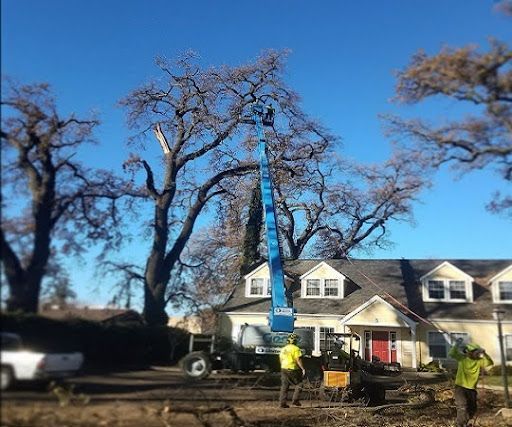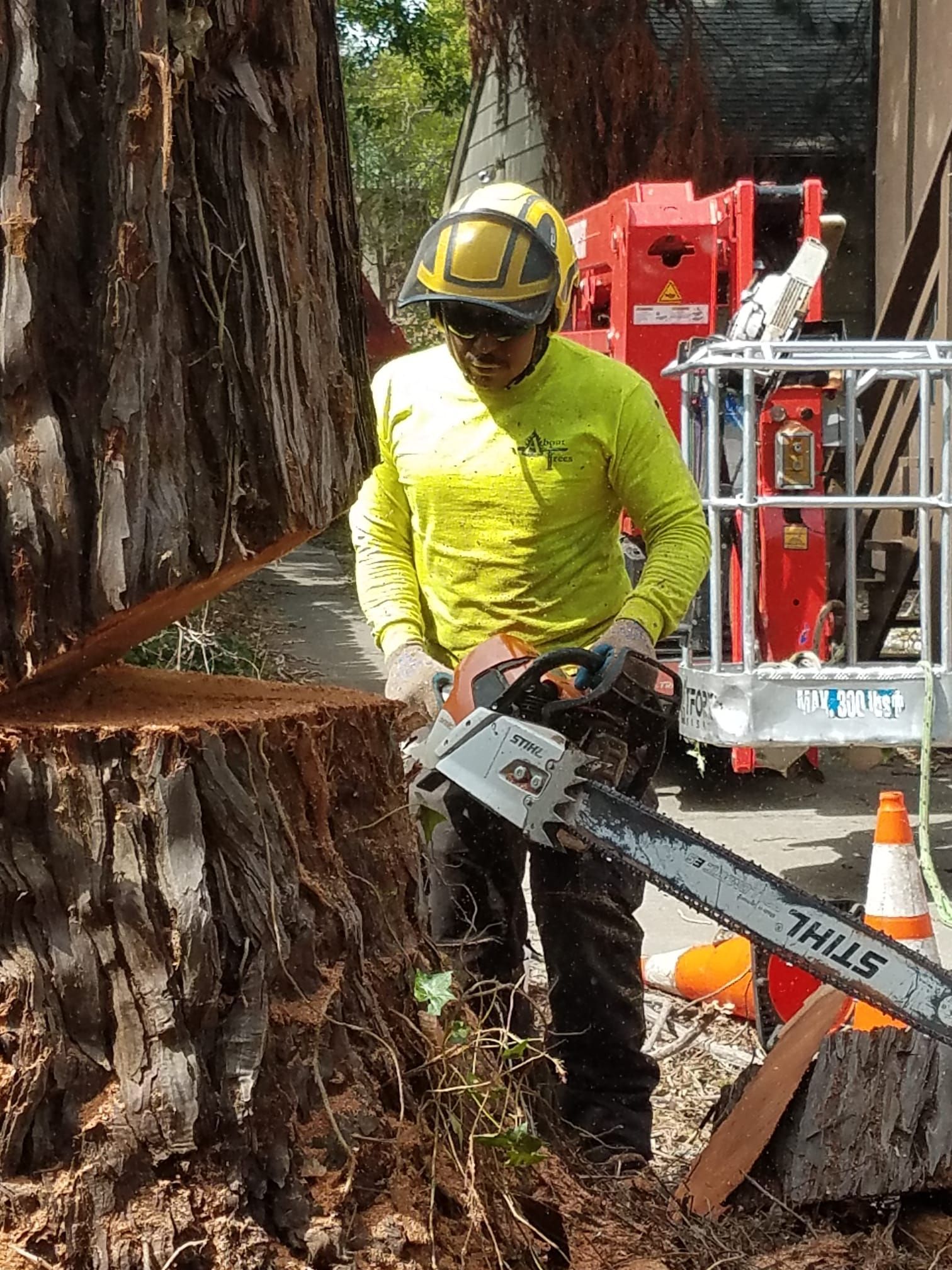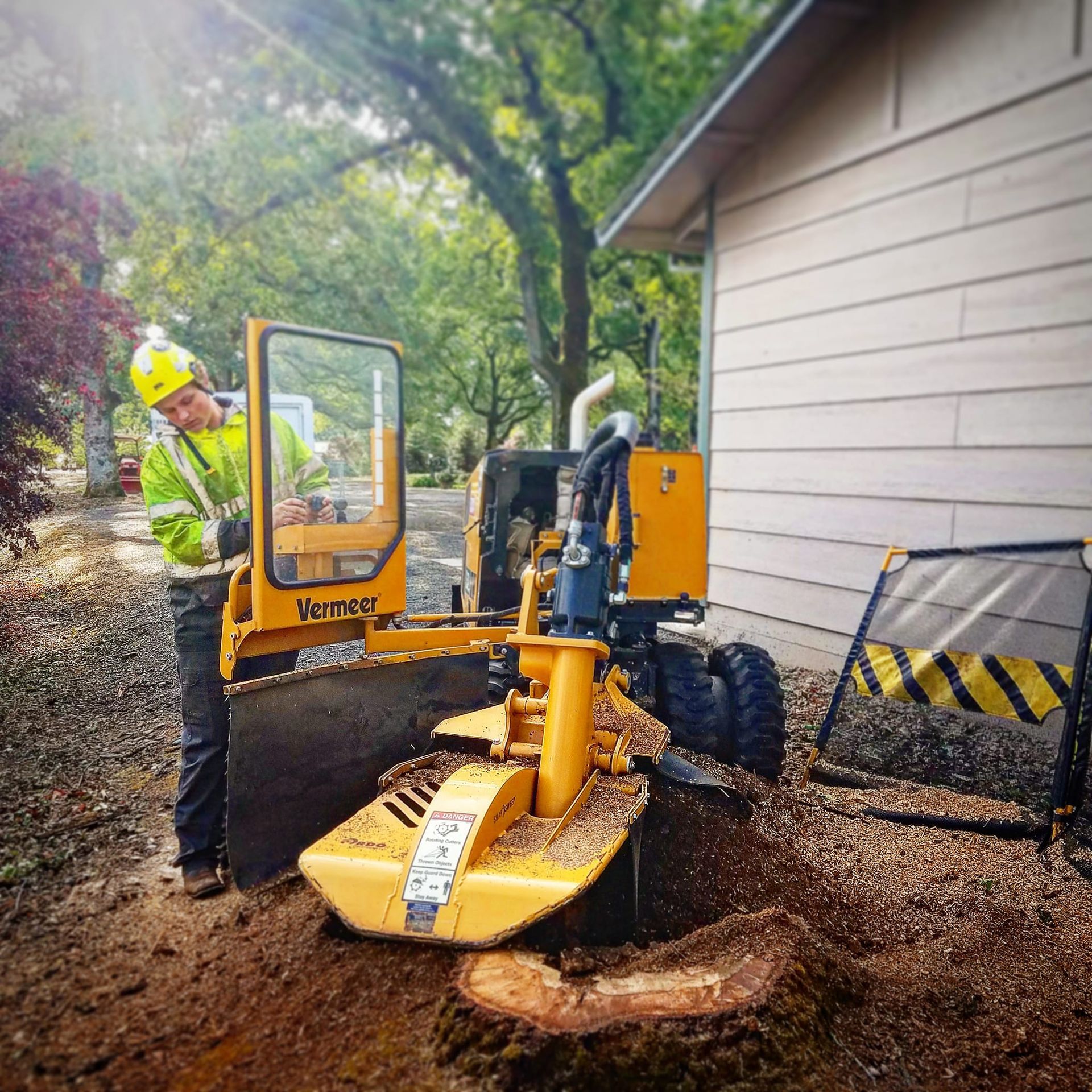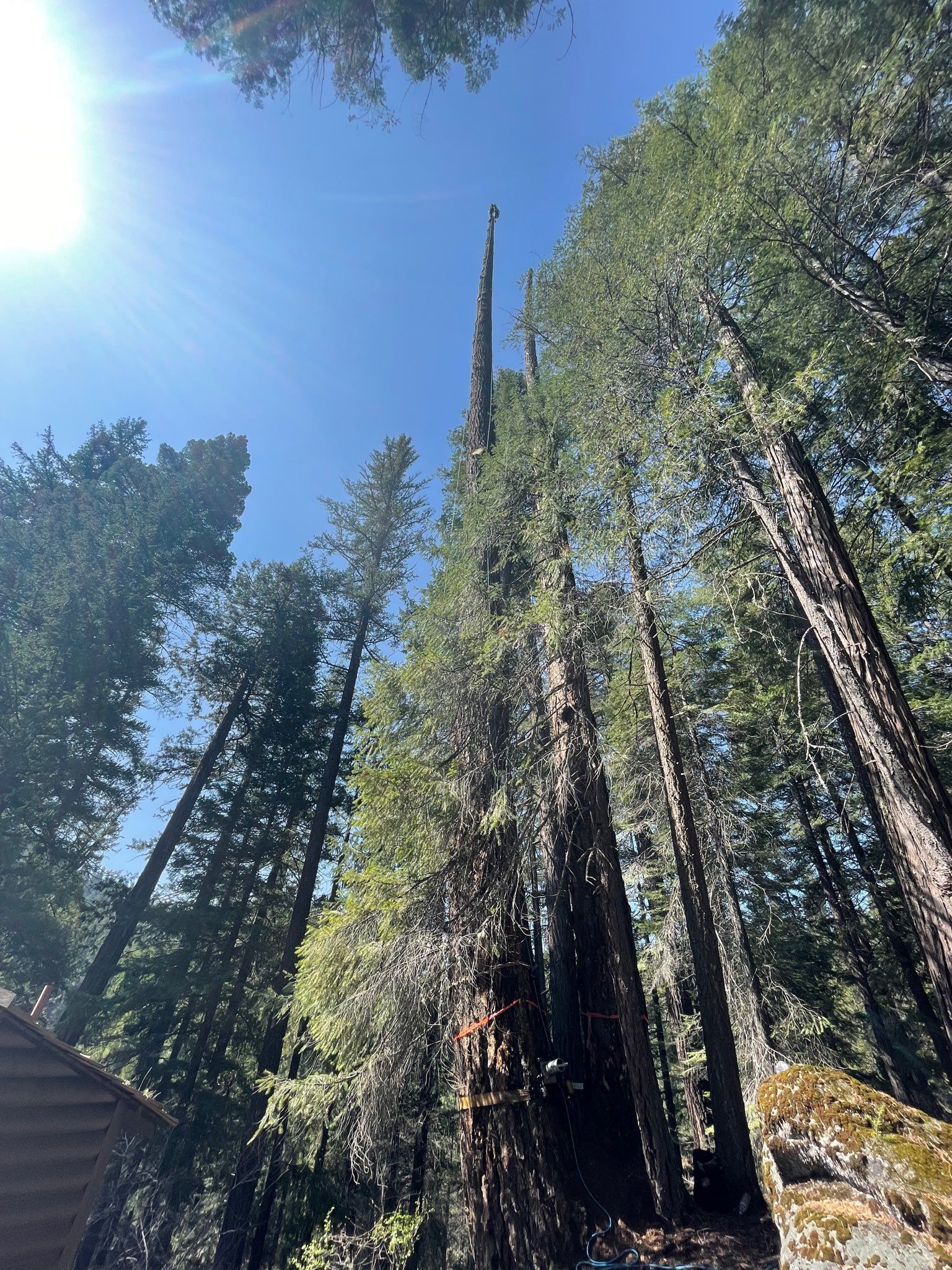Tree removal can be a challenging and potentially dangerous task, requiring the right equipment and expertise. About Trees employs a team of skilled arborists who are well-versed in safe and efficient tree removal techniques. Whether you need a tree removed due to disease, storm damage, or a potential hazard, their professionals will assess the situation, develop a strategic plan, and execute the removal with precision, prioritizing safety every step of the way.
Tree Service in Redding, CA
Maintaining the health and beauty of your trees is essential for a vibrant and appealing landscape. When it comes to tree care, it's important to trust the job to experienced professionals who understand the unique requirements of the local environment. In Redding, CA, one name stands out for their exceptional tree services—About Trees. With their range of specialized services, including tree removal, stump grinding, tree trimming and pruning, defensible space creation, and hazard tree removal, About Trees is your go-to local tree care company. Let's explore the benefits they offer and why you should contact them for all your tree service needs.
Expert Tree Removal Services in Redding, CA:
Efficient Stump Grinding:
Tree Trimming and Pruning for Optimal Growth in the hot Redding, CA Summers:
Creating Defensible Space:
Contact About Trees Today:
With their commitment to excellence and dedication to customer satisfaction, About Trees has quickly become the trusted name in tree services in Redding, CA. Their new office in Redding makes it even more convenient to access their range of expert services in Redding, CA. Whether you require tree removal, stump grinding, tree trimming and pruning, defensible space creation, or any other tree-related service, don't hesitate to give them a call at their Redding, CA office (530) 246-2477 or email them at info@abouttrees.us. Their friendly and knowledgeable team will be delighted to assist you, providing professional advice and tailored solutions to meet your specific needs.
Maintaining the health and appearance of your trees is crucial for a beautiful and safe landscape. With About Trees, a reputable local tree care company in Redding, CA, you can trust that your trees will be in expert hands. From tree removal and stump grinding to tree trimming and pruning, defensible space creation, and hazard tree removal, About Trees offers a comprehensive range of services to cater to all your tree care needs. Their team of skilled arborists utilizes their expertise and state-of-the-art equipment to ensure that every job is executed with precision and professionalism.
By choosing About Trees for your tree service requirements in Redding, CA, you can rest assured that you will receive top-quality workmanship and exceptional customer service. With their new office in Redding, accessing their services has never been more convenient.
Don't wait until tree issues escalate or become hazards. Take proactive steps to care for your trees and maintain the beauty and safety of your property. Contact About Trees today at (530) 246-2477 or email them at info@abouttrees.us to schedule a consultation or to inquire about their services.
Remember, healthy and well-maintained trees not only enhance the aesthetic appeal of your landscape but also contribute to the overall value of your property. Put your trust in the experienced professionals at About Trees, and let them transform your outdoor space into a haven of natural beauty and tranquility.
Reach out to About Trees now and experience the difference that their expertise and dedication can make for your trees and landscape. Don't delay—your trees deserve the best care available, and About Trees is ready to provide it.







